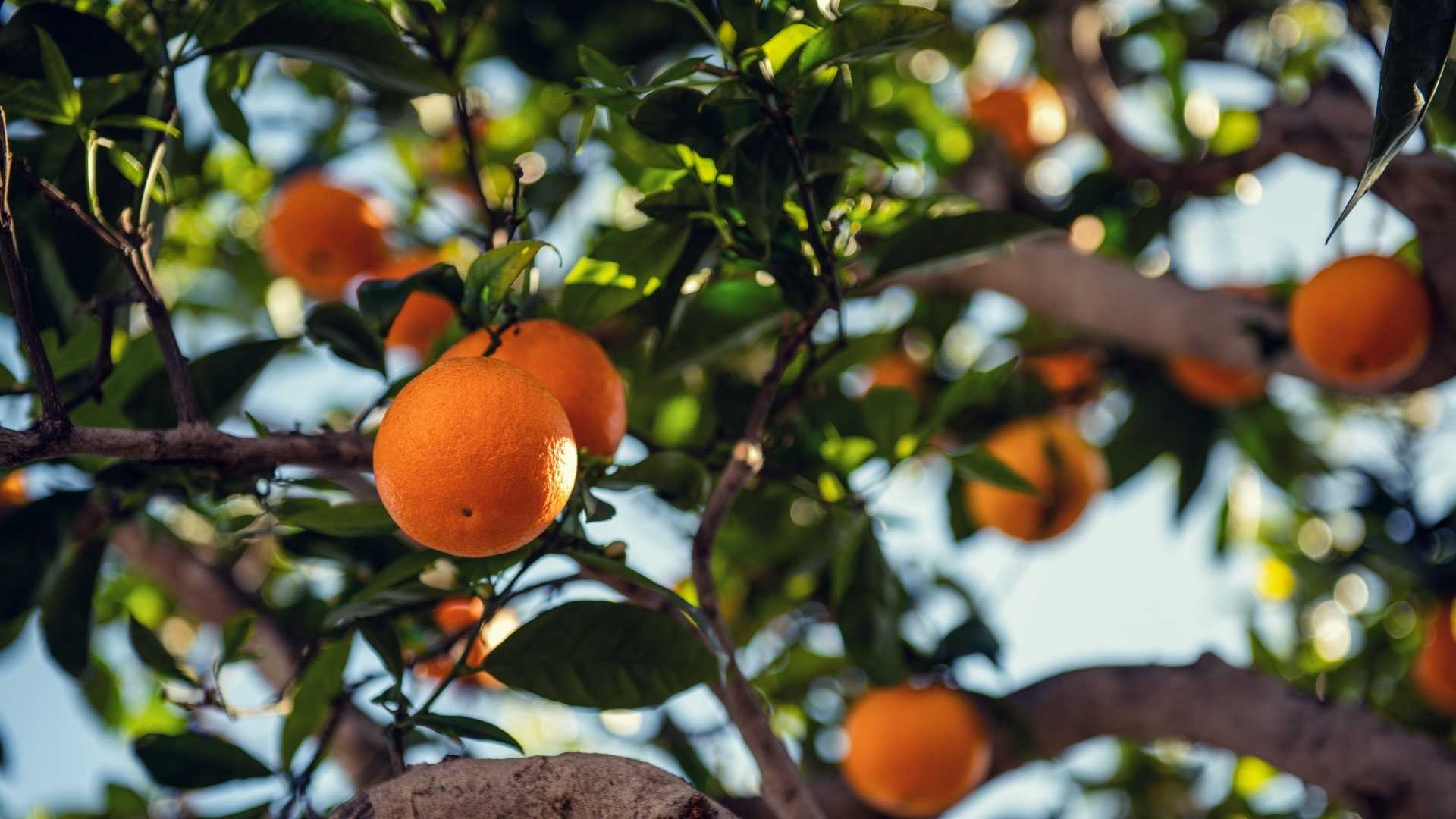Citrus rust mites can cause significant cosmetic and commercial damage to citrus fruits if not addressed early. While chemical solutions are available, many farmers now prefer sustainable, natural methods to control this persistent pest. In this article, we’ll explore how to get rid of citrus rust mites using organic strategies and how technologies like T-Weather can support growers with crop-specific timing and calculations.
Let's Talk - Share Your Contact Information!
What Is the Citrus Rust Mite?
The citrus rust mite (Phyllocoptruta oleivora) is a microscopic pest that primarily targets citrus trees. These rust mites on citrus thrive in warm and humid climates, feeding on the surface cells of fruit, leaves, and green twigs. Though barely visible to the naked eye, their impact on fruit appearance is unmistakable.
Mites can appear throughout the year, but population surges typically occur during warm, dry periods—especially in spring and summer. With the support of T-Weather, citrus growers can track temperature, humidity, and degree days (DD) specific to their orchard to predict risk periods and take timely action.
How to Eliminate the Citrus Rust Mite?
While chemical miticides are common, they often harm beneficial insects and disrupt orchard ecosystems. Instead, here are natural and organic methods to manage citrus rust mite infestations:
- Timely Irrigation & Pruning: Proper canopy ventilation and reducing plant stress through optimized irrigation (informed by T-Weather’s evapotranspiration data) make conditions less favorable for mite development.
- T-Weather Alerts: With T-Weather’s real-time climate tracking, growers receive customized reports and calculations when conditions are ideal for citrus rust mite reproduction, helping them time their organic sprays more effectively.

Damages Caused by the Citrus Rust Mite
Citrus rust mites typically don’t affect yield, but the damage they cause to the fruit’s skin can lead to significant economic losses. Here’s how:
- Bronzing and Silvering of Fruit Surfaces
- Rough, Corky Textures on Rind
- Premature Fruit Drop
- Leaf Distortion and Reduced Photosynthesis (especially during heavy infestations)
Consumers often associate these symptoms with poor quality or disease, making citrus rust mite damage a serious issue for both fresh markets and juice processing.
By combining T-Weather’s localized forecast data and pest development models, growers can intervene before damage escalates, minimizing fruit loss organically.
Citrus Rust Mite Trap
While citrus rust mite insect traps are less common than pheromone traps for larger pests, sticky tapes or microscope sampling cards can help monitor population trends.
Use these traps in combination with T-Weather data to:
- Identify early population increases
- Compare mite pressure year-over-year
- Optimize treatment timing for maximum organic control efficiency
In conclusion, organic citrus rust mite control is not only possible but also increasingly accessible with the help of smart agricultural technologies like T-Weather. By combining natural sprays, biological allies, and precise climate data, you can manage this pest effectively—without relying on harsh chemicals.

